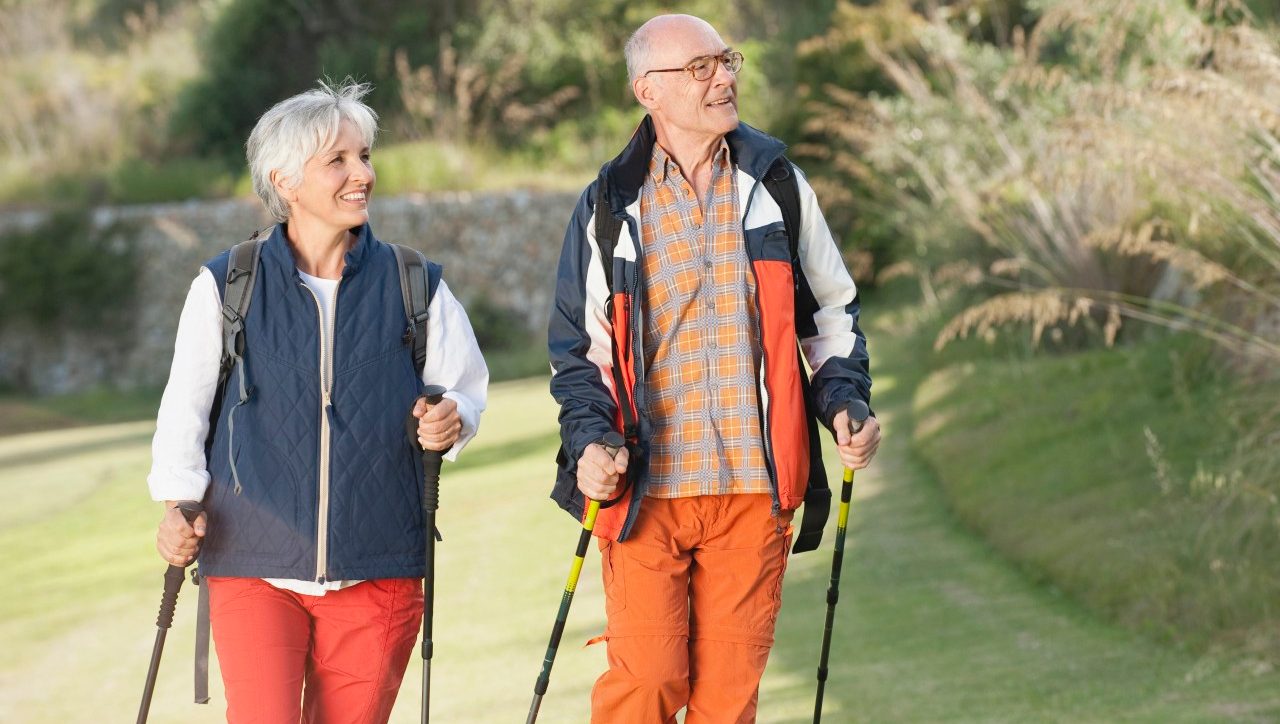Exercise Can Reduce Falls and Fractures

A little movement goes a long way to boost your bones and help prevent falls as you get older. Get active and cut your risk of a broken hip in half.
Study after study recommends exercise for pretty much everything that ails you. Moving your body may improve your mood, support your brain function, help you manage your weight, boost your energy, and improve your sleep. It can also help to prevent or control a wide range of diseases.
For older adults, exercise provides another important, often critical, benefit: It prevents falls and fractures that can cascade into failing overall health. A review of data for nearly 2,000 male former athletes found that those who continued to work out vigorously into old age had a much lower risk of a hip fracture.
It’s important to understand that you don’t need a fancy health club, a trainer, or special equipment, or need to work out vigorously, to accomplish conditioning that can prevent falls and fractures.
YOU MIGHT ALSO LIKE: You Can Stay Mentally Sharp in Your Golden Years
Walking lowers your risk of fractures
Walking makes a difference. A 14-year study of more than 77,000 postmenopausal women found that mild activity and walking lowered the risk of fracture, the more exercise the better.
In an earlier study, walking six or more hours a week cut your risk of a hip fracture by 55 percent, compared to volunteers who walked for less than an hour a week.
If you’re concerned about walking outdoors, research shows that practicing on a treadmill will improve your stability and confidence.
A review of studies on the benefits of exercise among the elderly said that regular exercise is probably the only method that may prevent (reduced bone density) fractures by preventing both osteoporosis and falls.
Climbing stairs, dancing, and “adult age” gymnastics and calisthenics, as well as brisk walking, will maintain or improve your bone density to prevent fractures.
Improve your balance
Exercise can also improve your gait, balance, coordination, proprioception (the sense of your body in space), reaction time, and muscle strength, even in very old and frail people.
Another review of studies that involved nearly 80,000 seniors supported group and home-based exercise programs. Balance and strength training exercises and Tai Chi reduced falls.
A long-term Finnish study of older women with mild bone loss found that those who followed a prescribed at-home exercise program had better posture and better leg strength, compared to a control group after a follow up of seven years.
They also improved their walking speed and distance, tests of functional ability were higher, and their moods perked up.
There were no hip fractures among the group that exercised compared with five among the group that didn’t. The exercise group also had significantly lower death rates.
If you have a history of falls, it's prudent to discuss it with your primary care doctor, who can often prescribe exercises that start at your personal level of ability. You can exercise more as you get stronger.
Exercise could involve simple squats to strengthen leg muscles or standing on one leg to improve balance. Adding weights when appropriate can improve bone density and muscle retention. These are all things you can do in your home.
“Many people wrongly think that falls are just a part of aging and something to be expected as you get older, but this is not true at all and exercise will make you less likely to fall,” said the University of Manchester’s Emma Stanmore, MD.
What you can do
The best tips to increase your exercise levels if you are age 60 or older include minimizing the amount of time you are sedentary, or, in simple terms, just sitting around.
You should be conscious of being active every day. Aim for 150 minutes of moderate intensity activity at intervals of 10 minutes or more each week, or 10 minutes a couple of times every day.
Find out about exercise classes close to you. Many communities sponsor exercise classes for seniors through community centers. Exercising with a peer group can improve your motivation and mood, helping you maintain a regular schedule.
Often, public health officials have information on sessions that aim specifically to improve strength and balance, the two keys to prevent falls and fractures.
If you’re online, use the internet to find opportunities in your area. YMCAs are good places to start because they offer a wide range of activities, from dancing to weight training, have staff that can give individual instruction, and are experienced in dealing with the seniors in their communities.
If nothing else, get up, get out, and start moving. Any activity will help. If you have a dog, walk it. If you have trash, take it to the garbage can.
You could be saving your life, and your quality of life, in the long run.
Updated:
November 08, 2022
Reviewed By:
Janet O’Dell, RN